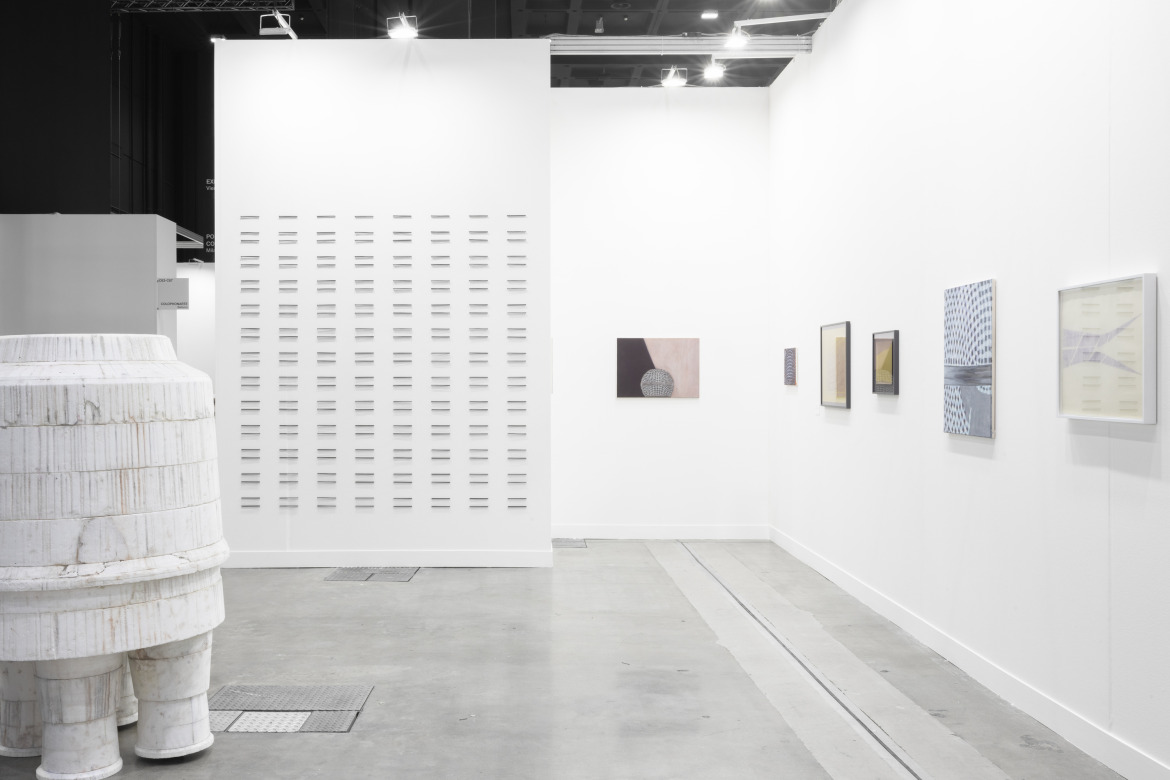
Brishty Alam, Kazuko Miyamoto, David Gruber, Gwenn Thomas, Installation view, MIART, 2025

Brishty Alam, Another white solid (II), 2025, expanded polystyrene, pigment, steel, 160 x 110 x 105 cm
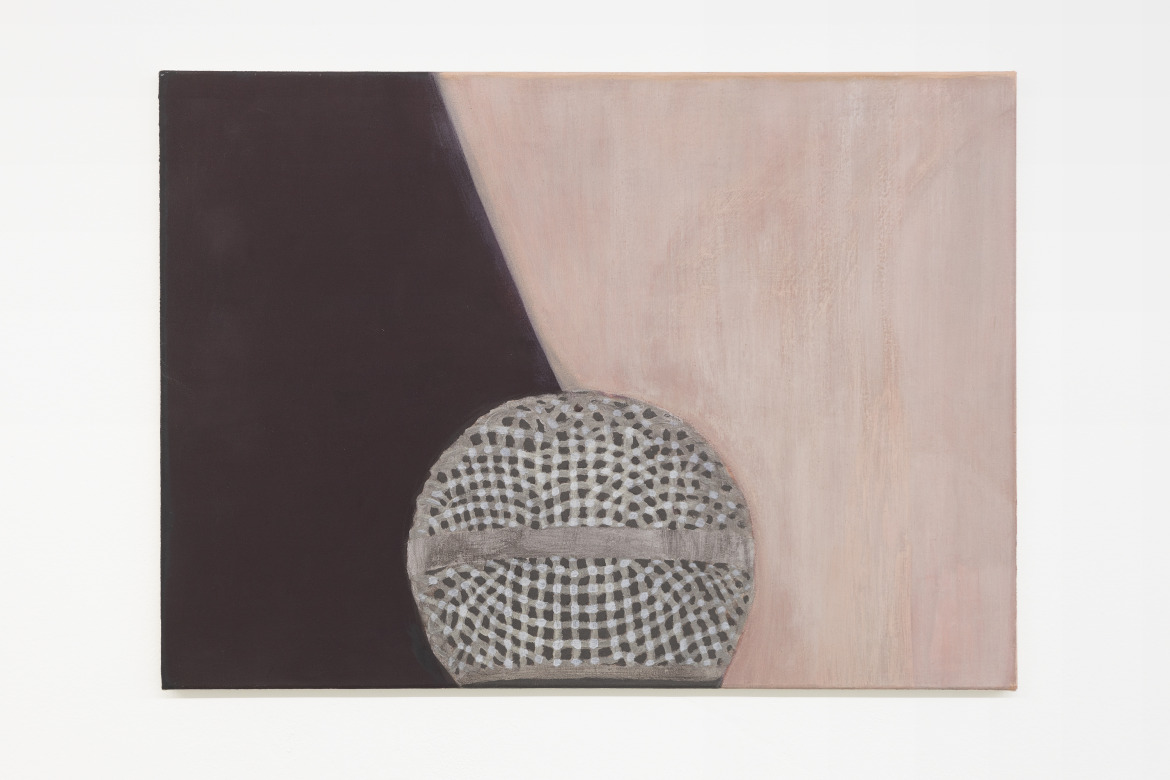
David Gruber, Performance, 2024, tempera on canvas, 53 x 73 cm

David Gruber, Performance, 2024, tempera and oil on canvas, 30 x 40 cm
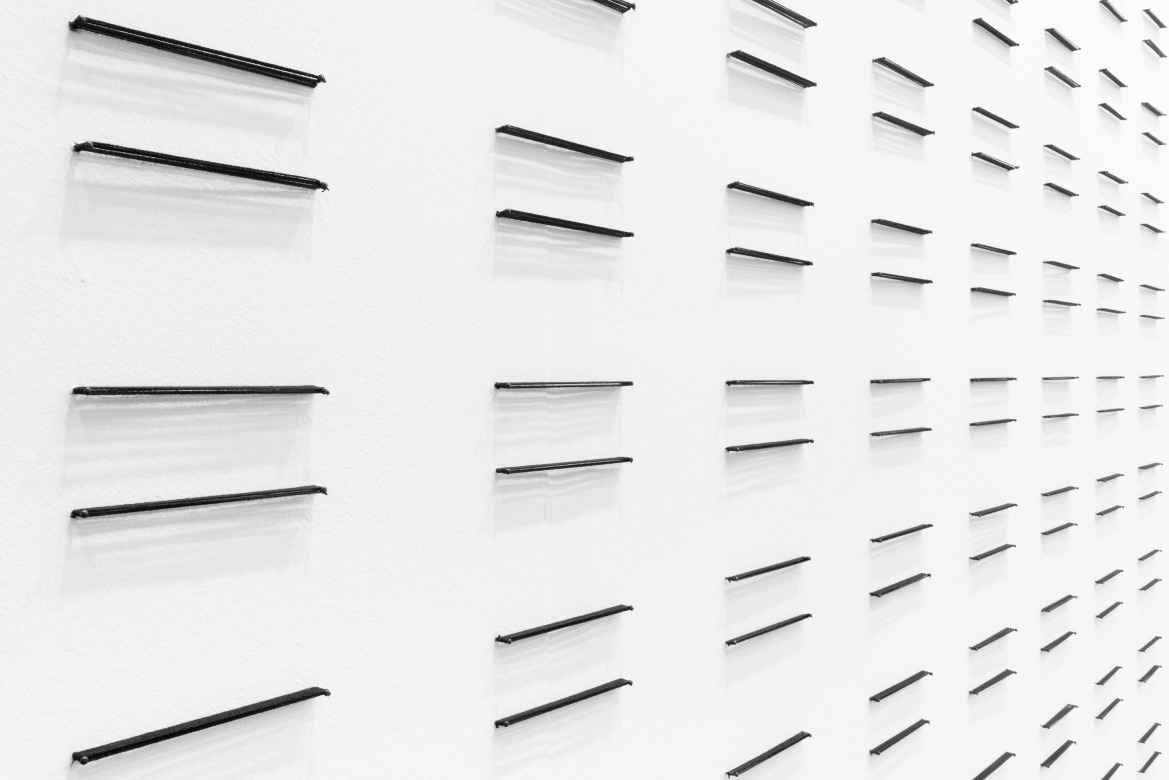
Kazuko Miyamoto, Untitled (detail), 1972/2025, string and nails, 230 x 205 x 1,5 cm
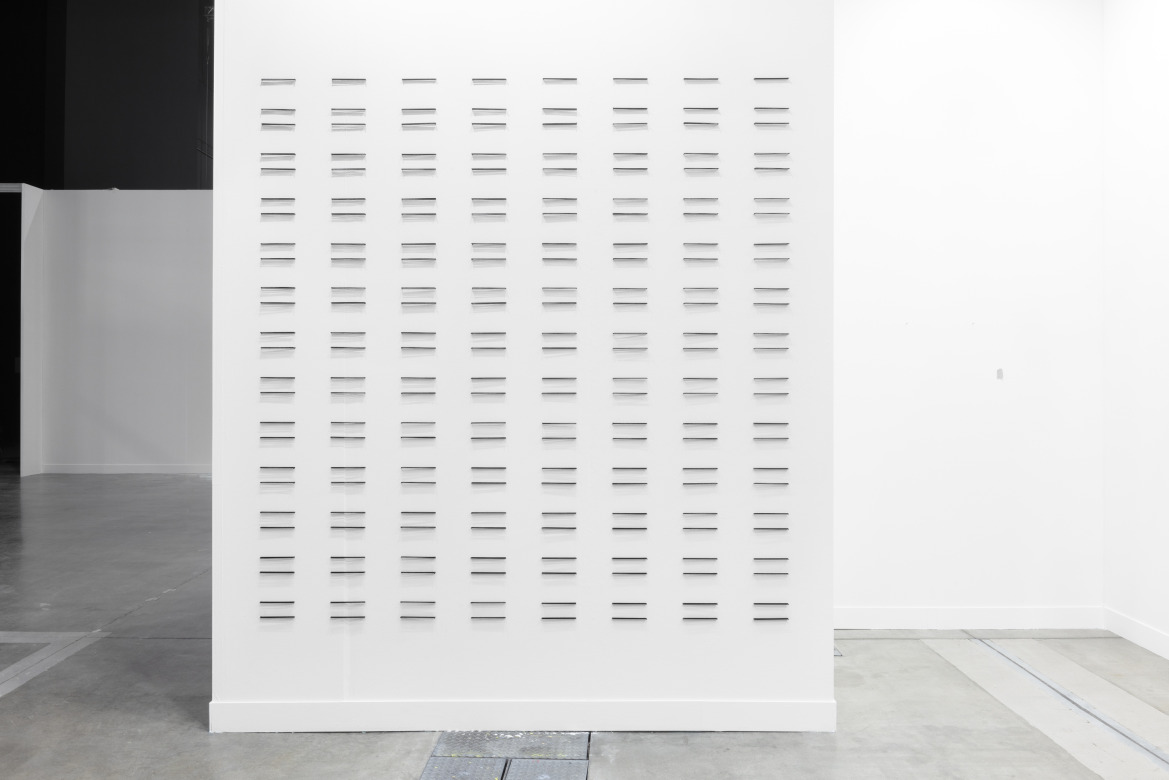
Kazuko Miyamoto, Untitled, 1972/2025, string and nails, 230 x 205 x 1,5 cm, installation view Miart, Milan
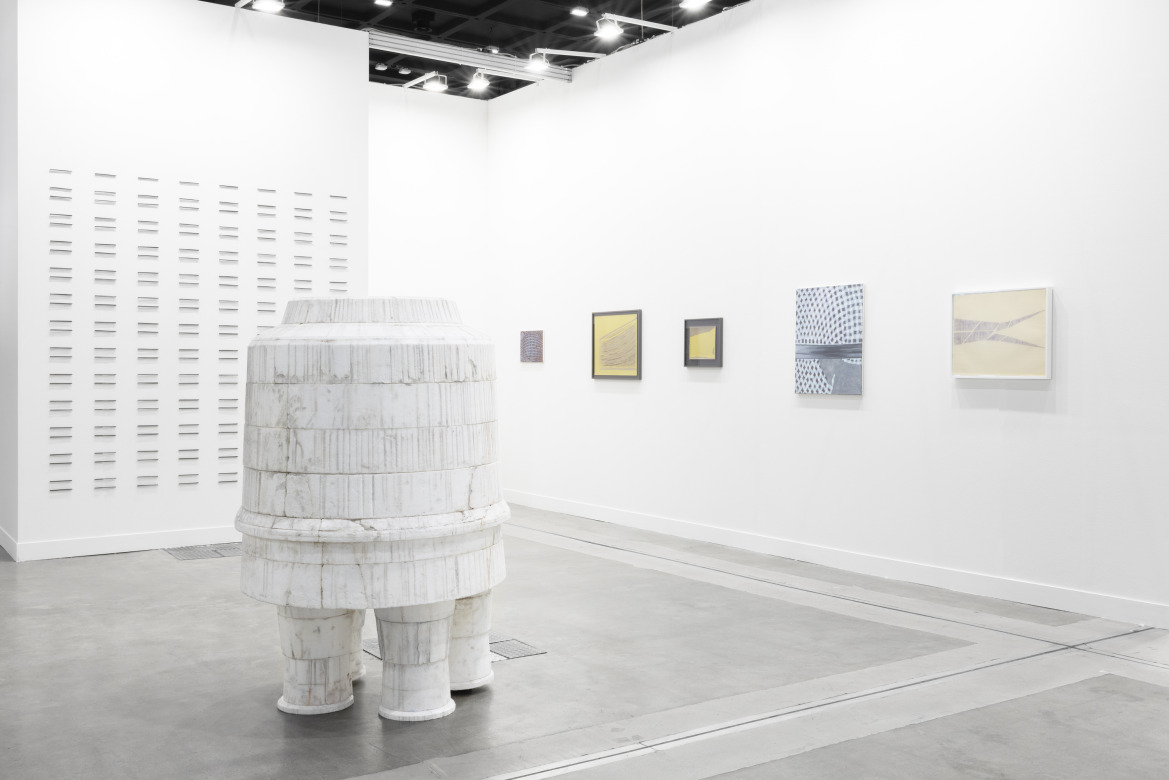
Brishty Alam, Kazuko Miyamoto, David Gruber, Gwenn Thomas, Installation view, MIART, 2025
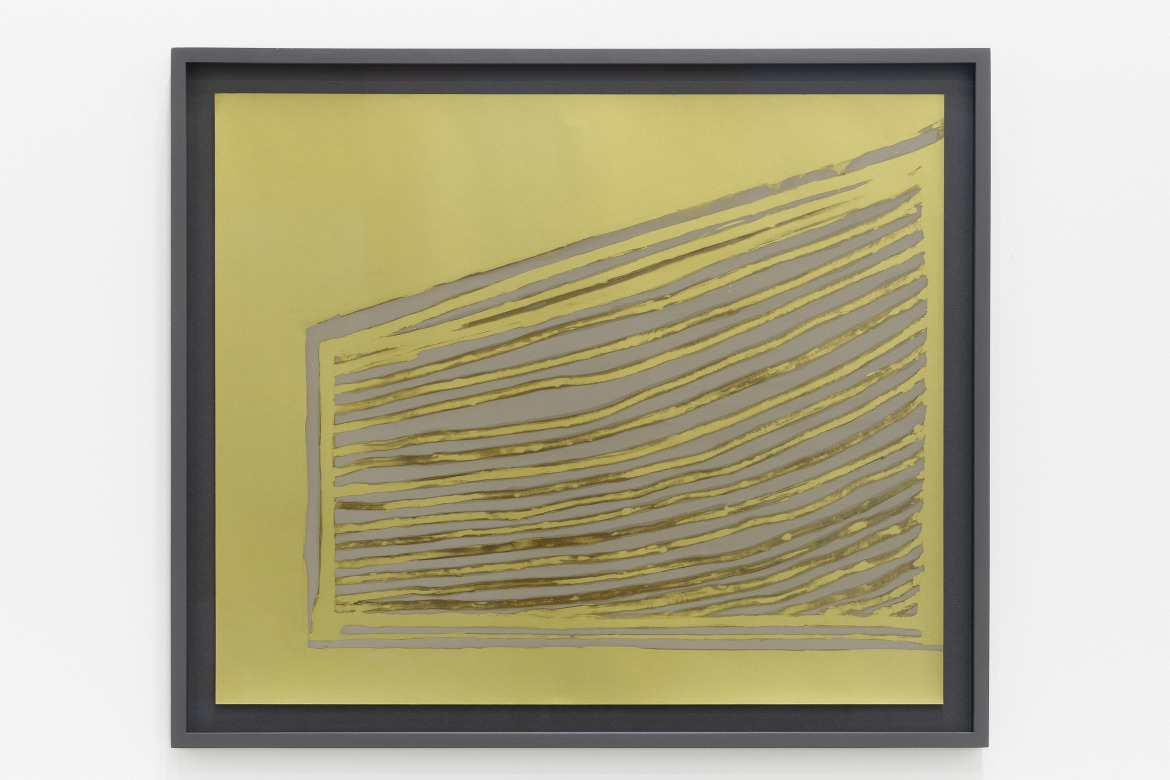
Gwenn Thomas, Rare Earth Magnet II, 2022, painting on photographic paper, 50.8 x 61 cm
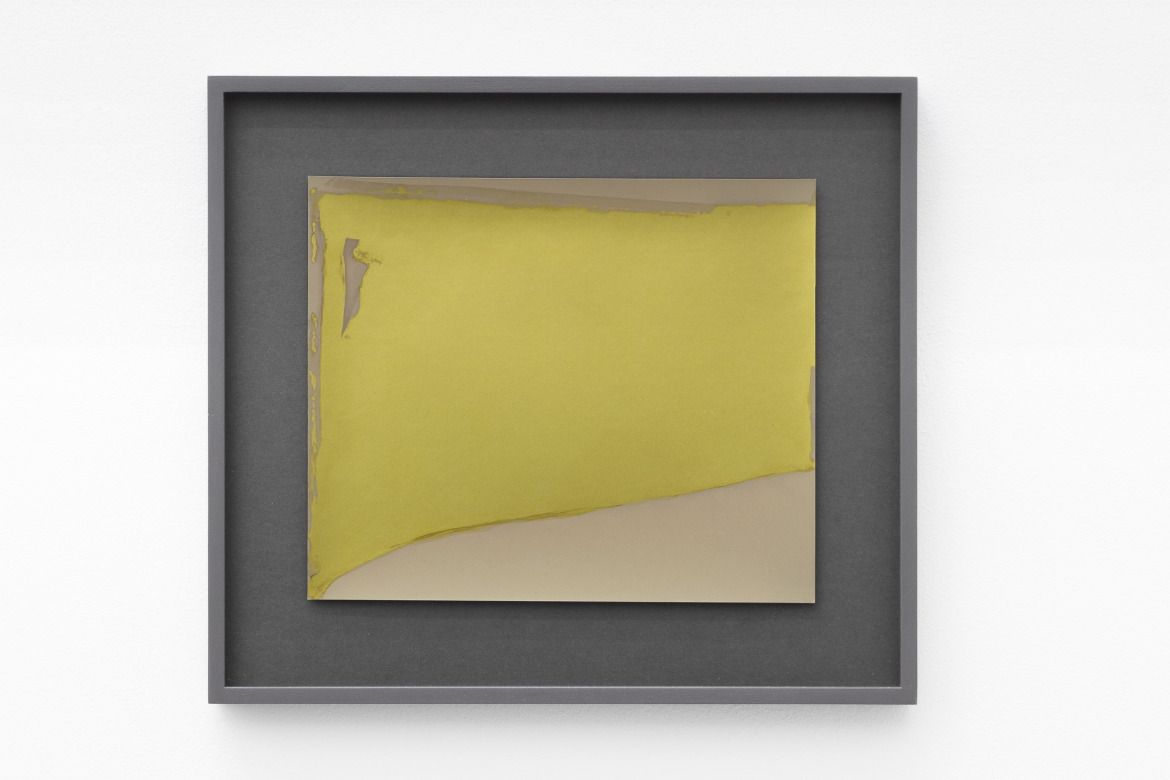
Gwenn Thomas, Rare Earth Magnet V, 2022, painting on photographic paper, 25 x 30,3 cm
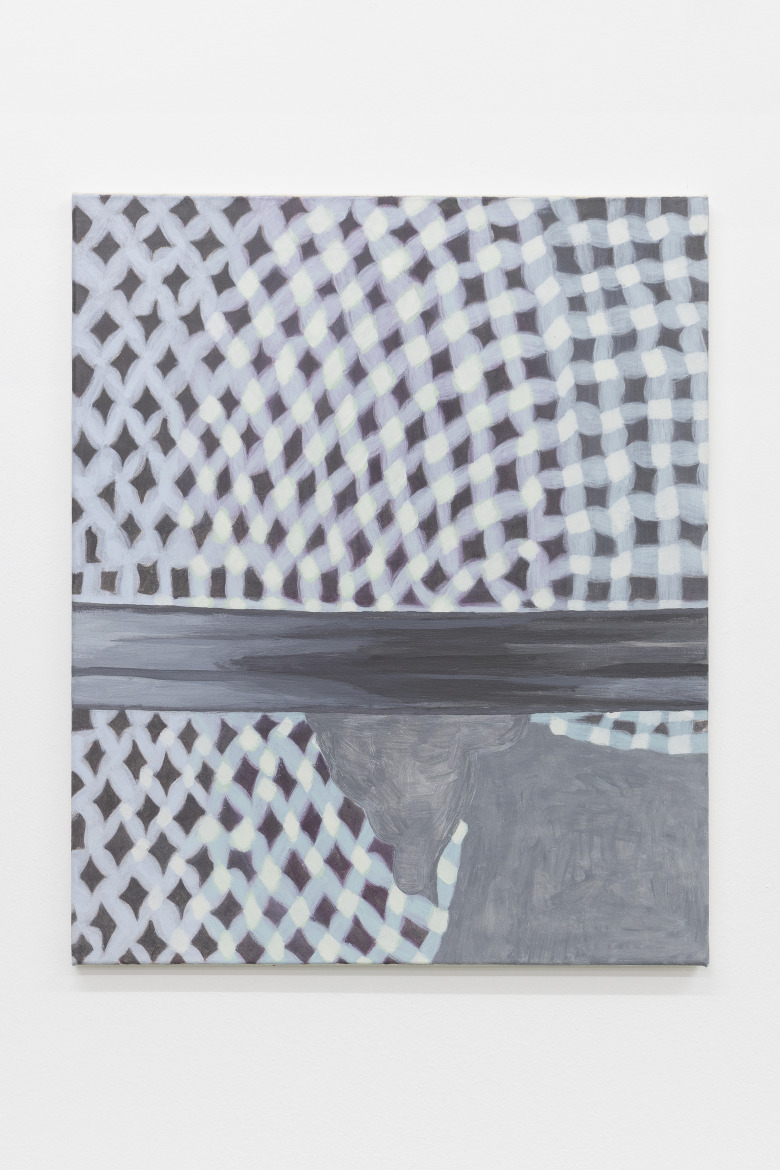
David Gruber, Performance/ Diamond, 2024, tempera on canvas, 73 x 60 cm
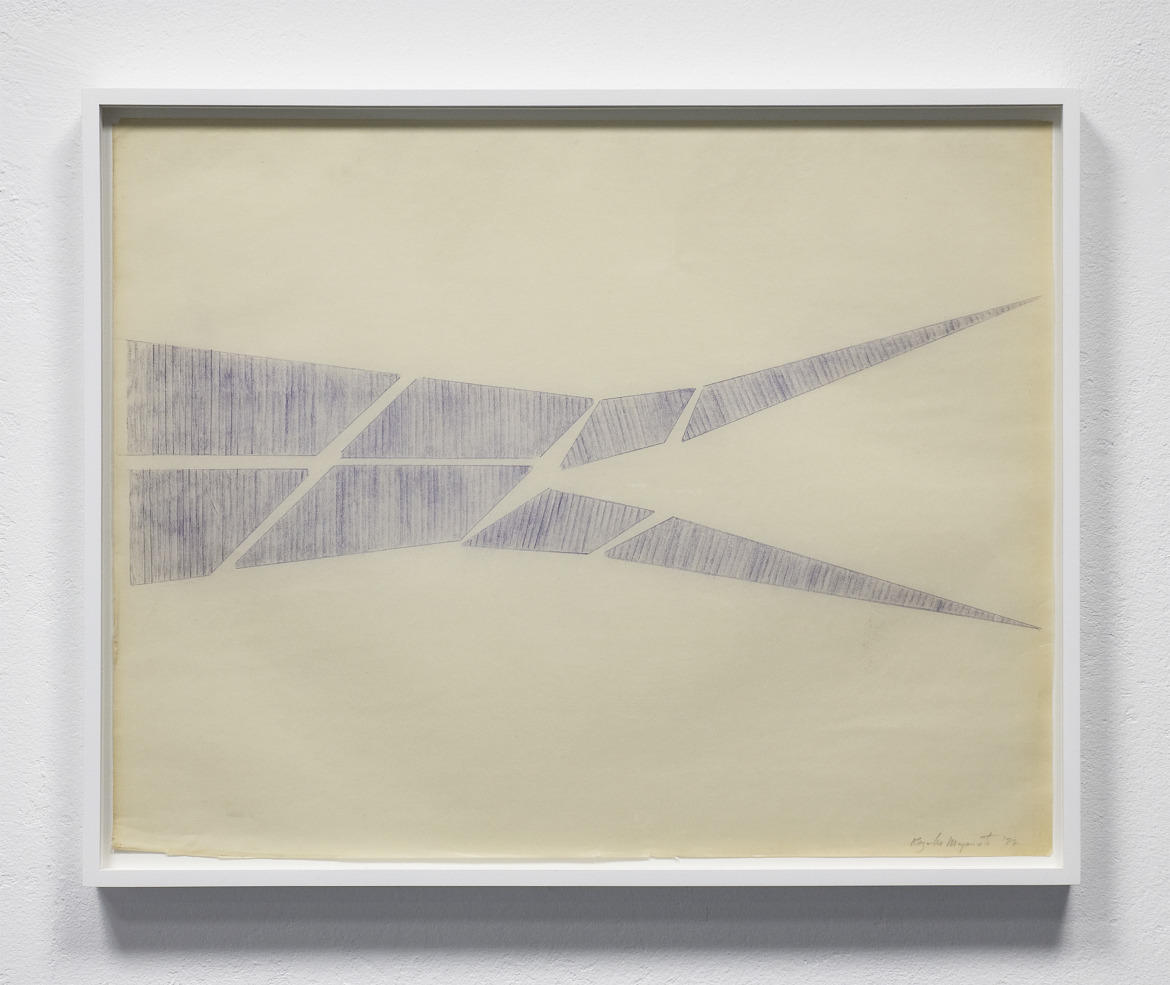
Kazuko Miyamoto, Untitled, 1972, color crayon on vellum, 51 x 64 cm
EXILE returns to MIART with a presentation of works by Kazuko Miyamoto, born 1942, Gwenn Thomas, born 1943, Brishty Alam, born 1988, and David Gruber born 1989.
In her move from painting to early string construction work, Kazuko Miyamoto replaced the confined space of the canvas for the architectural expanse of her studio wall at 117 Hester Street. This move transformed the inconspicuous brick from a motif, as in the painting Progression of Rectangles (1969), into a site of measurement, structure, and spatial intervention. The visual field, in its immediacy and transparency, harbours a complexity that tends to spill from under its allocated borders or limits. The presentation expands on this very quality.
David Gruber’s paintings oscillate between the tactile immediacy of the microphone and the abstract detachment of material landscapes, employing pigment and composition to effect a kind of alchemical transmutation—rendering the familiar intangible.
A similar convergence of media occurs in the photographic practice of Gwenn Thomas, where the chemical processes intrinsic to photography extend the perceptual capacities traditionally associated with painting.
Whereas Brishty Alam furthers this trajectory through sculpture, translating the painterly surface into synthetic polystyrene forms that assert a presence at once corporeal and otherworldly. In each case, the painterly fails to remain a fixed category and is treated as a mutable field—expanded, translated, and reconfigured across material, spatial, and conceptual registers.
→Kazuko Miyamoto
→Gwenn Thomas
→Brishty Alam
→David Gruber





















